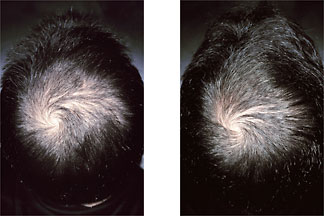ukmale24
Established Member
- Reaction score
- 4
1)Difference between copper peptide and normal copper that you get in multi-vitamins?
2)Anyone tried applying copper peptide to the scalp/hairline with good results?
I would like to try taking it orally if possible.
3)A large tub of Copper Peptide on ebay for a tenner, worth a punt?!
I've only recently read up a little on it and imo, i think reinvigorating ageing cells is getting to the root of the problem better than minoxidil and possibly finasteride does. Other things that do this well are meant to be hydrolysed collagen and co-enzyme q-10 which i want to give a go in taking before finasteride, but my hairline is getting worse so i'm feeling rushed into taking finasteride.
2)Anyone tried applying copper peptide to the scalp/hairline with good results?
I would like to try taking it orally if possible.
3)A large tub of Copper Peptide on ebay for a tenner, worth a punt?!
I've only recently read up a little on it and imo, i think reinvigorating ageing cells is getting to the root of the problem better than minoxidil and possibly finasteride does. Other things that do this well are meant to be hydrolysed collagen and co-enzyme q-10 which i want to give a go in taking before finasteride, but my hairline is getting worse so i'm feeling rushed into taking finasteride.

